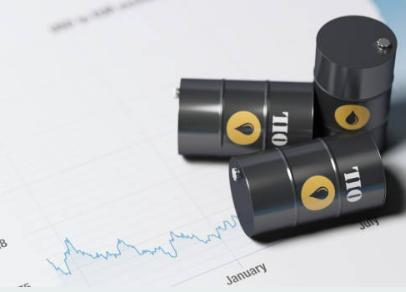
Skylar Williams
Nov 08, 2022 14:17

Mild weather forecasts for the next two weeks are keeping a lid on heating demand in Europe, mitigating the impact of a catastrophic energy crisis that has already led to record consumer prices.
Futures on the benchmark index fell as much as 6.8% to their lowest level in more than a week. A somewhat warmer forecast is delaying the use of gasoline from storage facilities, therefore creating a larger buffer for the winter months. According to Gas Infrastructure Europe, German reserves exceed 99 percent.
While costs have decreased recently, they are still almost three times higher than average. According to Helsinki-based energy consultancy VaasaETT Ltd., European households are paying more than ever for electricity and gas, despite the fact that governments have pledged more than 550 billion euros to safeguard consumers from the energy crisis.
Risks linked with existing Russian gas supply will endure in the next months, with just one pipeline route accessible to the major European customers. This raises the strain on alternative energy sources such as nuclear power, wind energy, and liquefied natural gas. Next year, Europe's gas imbalance will deepen.
According to the Wall Street Journal, citing American and allied sources, the US and Russia have discussed preventing an escalation of the crisis in Ukraine. However, a settlement of the conflict was not the goal of the negotiations.
At 8:45 a.m. in Amsterdam, the European benchmark, front-month Dutch gas futures, were trading at €107 per megawatt-hour.

Nov 08, 2022 14:15

Nov 09, 2022 15:42